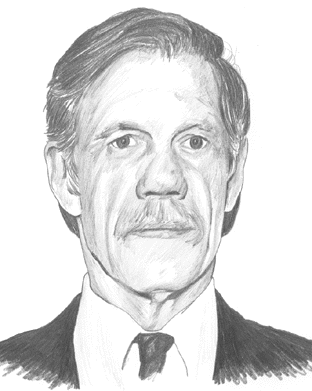Interview
Before And Beyond Technology
Michael Sheimo On Dow Theory
by Thom Hartle

I was a stockbroker, first with Merrill Lynch and then with Olde Financial Corp. When I worked for Olde, we would get a lot of questions, from individual investors and investors who were daily technical traders both, who would watch the market go up and down, and they would need to have certain points clarified about why the market acted the way it did.
How did you get interested in the Dow theory?
Before I became a broker, I had studied Dow theory as an individual investor. And ultimately, after having had to answer all those questions from the investors, I decided to write a basic book about Dow theory and other stock market indicators. It was a book designed to show where the theory originated, how it has evolved, and why it continues to be relevant.
And you've written other books since, both on Dow theory and on other topics.
That's right. Recently, I wrote a follow-up on Dow theory. This book expands on the topic.
How so?
I look at Dow theory today as a basis for many of the modern technical indicators. Most technical analysis can be tied to Dow theory.
That's an interesting comment that I want to come back to, but first, let's talk about some of the basics of the theory.
Back in the late 1800s, Charles Dow, who was one of the founders of Dow Jones & Co., was really one of the few supporters of the concept of market analysis. He had several friends who were large net worth individuals who traded the market on a regular basis. They probably looked to him for some insight. Dow came up with an interesting way to understand the stock market.
Which was?
Rather than try to study a stock market that you can't make heads or tails of -- because in Dow's day, a lot of the stocks did not trade every single day -- Dow recommended that you pick a group of stocks that represents what the market is doing instead. Select the stocks that are more what people would call the "average" stocks and that trade on a regular basis. Then follow what those stocks do. Charles Dow figured that this would give the investor an idea of the direction and the strength of the market.
How did he refine this approach?
First, he formed a list of both industrial and railroad stocks. That became two separate lists, which then eventually became the Dow Jones Industrial Average (DJIA) and the Dow Jones Railroad Average (DJRA). I've got a good trivia question: What is the only company in the current Dow average that was on the original list?
"I look at Dow theory today as a basis for many of the modern technical indicators. Most technical analysis can be tied to Dow theory."